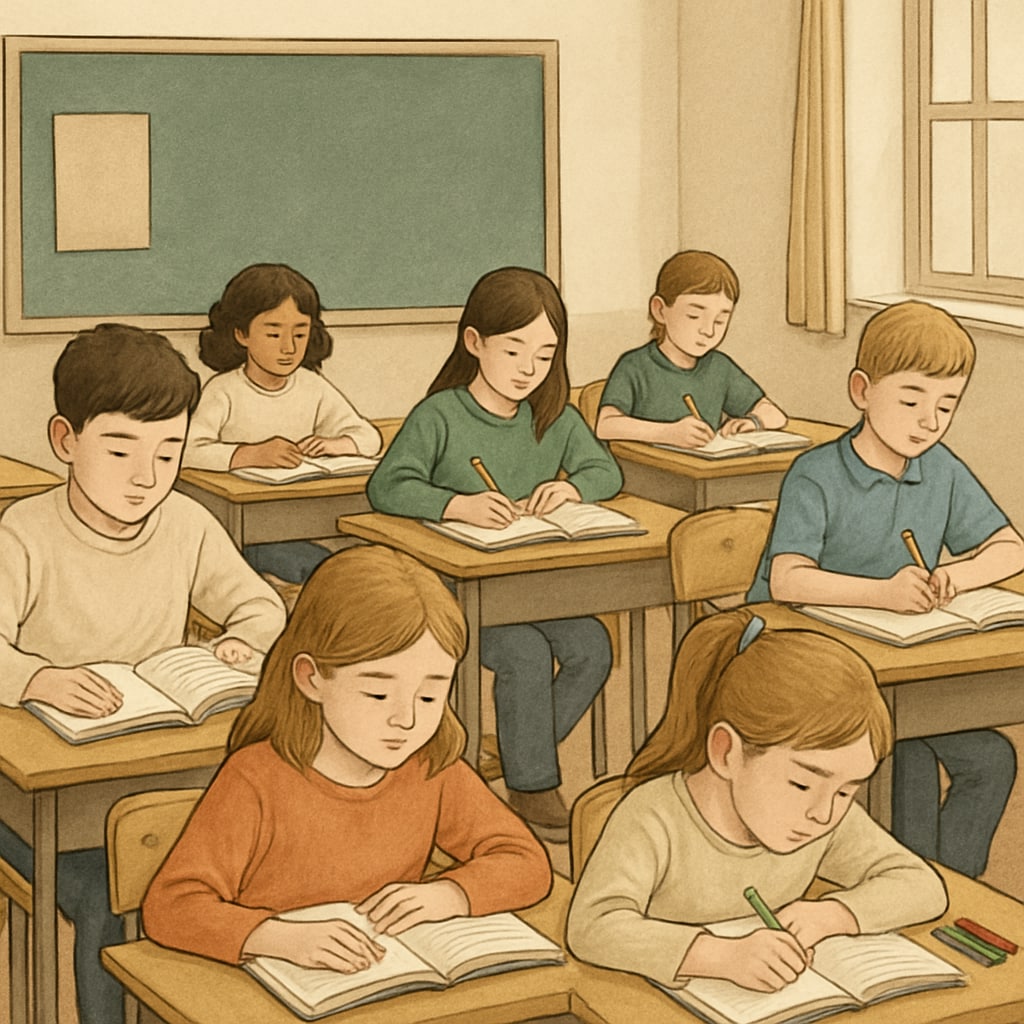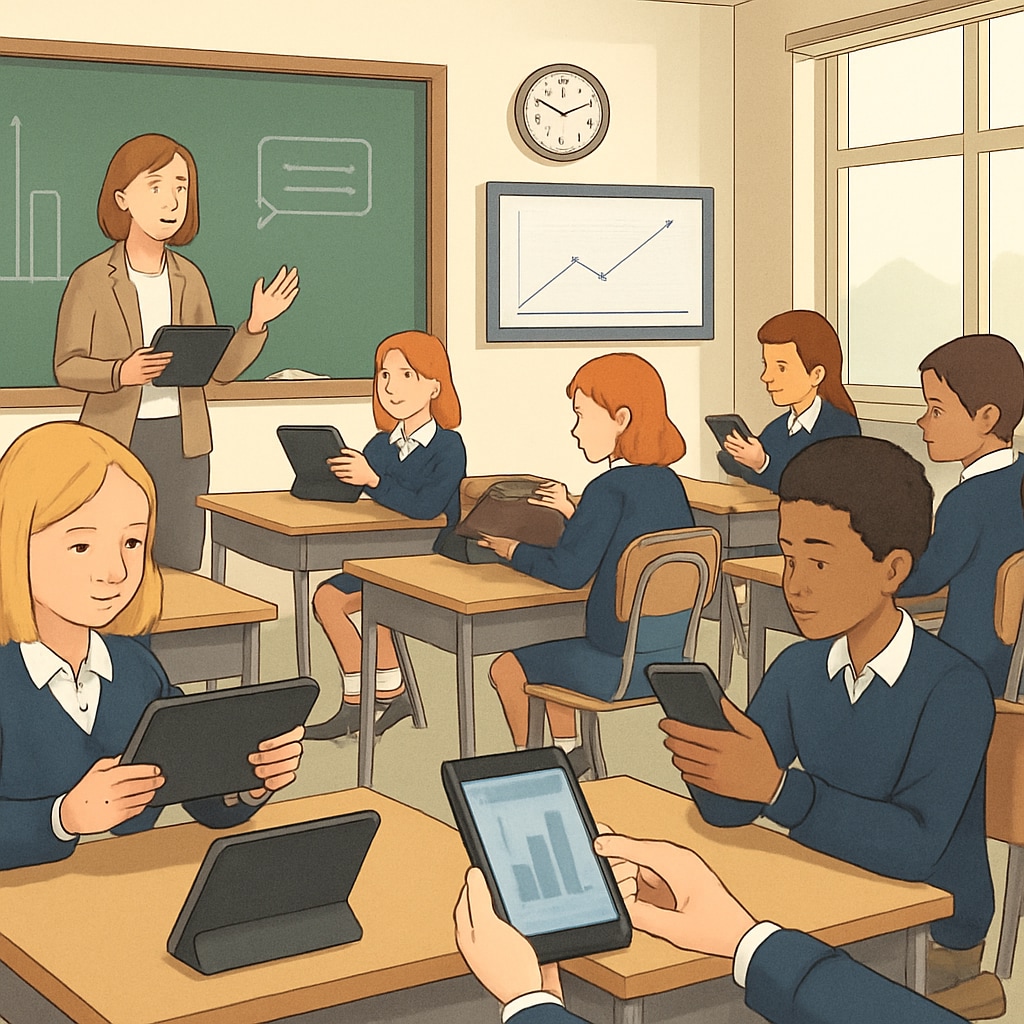The implementation of smartphone bans in public schools has become a focal point of discussion in the United States, involving students, educators, and parents. While proponents argue that these policies create better learning environments, critics emphasize the importance of student autonomy and digital literacy. By contrasting public and private school policies, this article examines the implications of smartphone bans and explores how educational institutions can strike a balance between fostering academic focus and respecting individual freedoms.

The Impact of Smartphone Bans in Public Schools
Public schools across several U.S. states have begun implementing strict smartphone bans, aiming to reduce distractions and improve classroom engagement. Research suggests that excessive smartphone use can negatively affect academic performance, increase anxiety, and disrupt social interactions. Therefore, many educators believe that such bans are essential to create a focused learning environment.
However, the consequences of these restrictions extend beyond academics. For example, smartphones often serve as safety tools, enabling communication between students and parents in emergencies. Additionally, they are vital for developing digital literacy—a key skill in the modern workforce. Critics argue that outright bans can hinder students from learning how to use technology responsibly.
As a result, some school districts have adopted nuanced policies, such as allowing smartphones during breaks or for educational purposes. These approaches aim to address the drawbacks of a complete ban while maintaining the benefits of reduced distractions.
Contrasting Policies: Public vs. Private Schools
Public and private schools often adopt different approaches to smartphone usage. Public schools, constrained by state regulations and larger student populations, tend to favor blanket bans to simplify enforcement. These policies are designed to create uniformity and minimize potential conflicts.
Private schools, on the other hand, generally have more flexibility in shaping their policies. Many private institutions opt for tailored rules that reflect their educational philosophies. For example, some private schools integrate smartphones into classroom activities, using them as tools for research or interactive learning.
The disparity between public and private school policies highlights broader issues of equity and access. Students in private schools may benefit from tech-integrated education, while public school students could miss out on similar opportunities due to stricter regulations.

Balancing Educational Focus and Student Autonomy
Finding the right balance between maintaining academic focus and respecting student autonomy is critical. Schools must consider several factors when designing smartphone policies:
- Age-appropriate rules: Younger students may benefit from stricter controls, while older students could handle more flexible guidelines.
- Educational use: Allowing smartphones for specific purposes, such as research or project collaboration, can enhance learning experiences.
- Safety concerns: Policies should ensure that students can access their phones during emergencies.
- Parental involvement: Engaging parents in policy discussions can help address concerns and foster support.
Ultimately, schools must adapt to the evolving role of technology in education. Policies that balance restrictions with opportunities for responsible use can prepare students for the challenges of the digital age.
Readability guidance: The article uses concise paragraphs, examples, and lists to enhance clarity. It avoids excessive passive voice and long sentences, ensuring accessibility for a broad audience.


